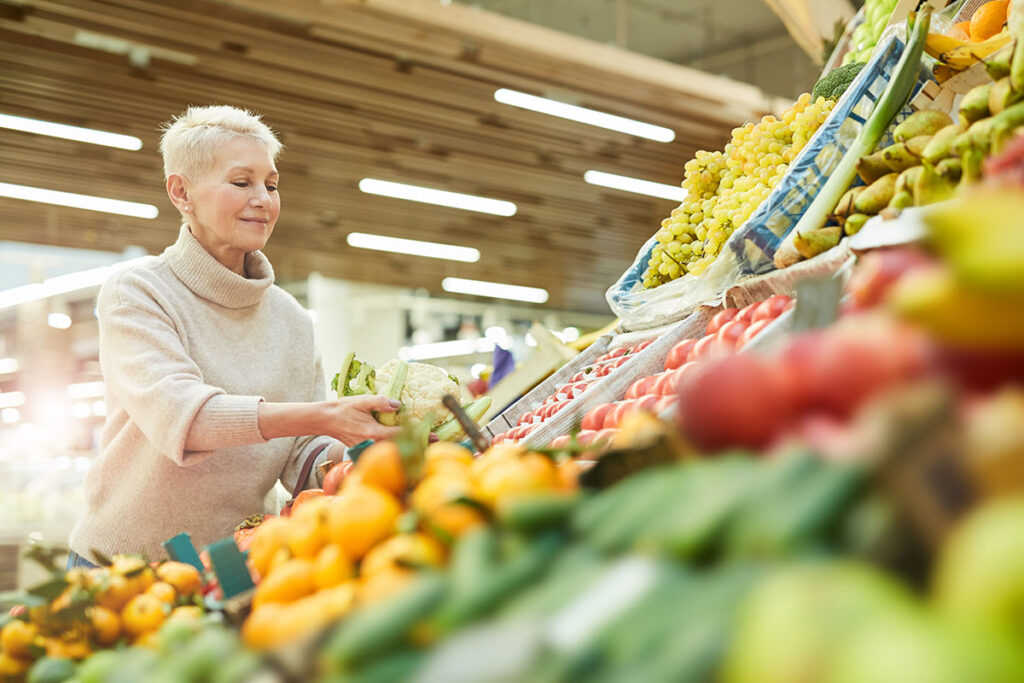If you’re looking for ways to manage your menopause symptoms, focus on your eating habits. Being thoughtful about nutrition can help with your symptoms, including hot flashes, bloating, mood swings, and weight gain. Here are 9 types of foods that can help.
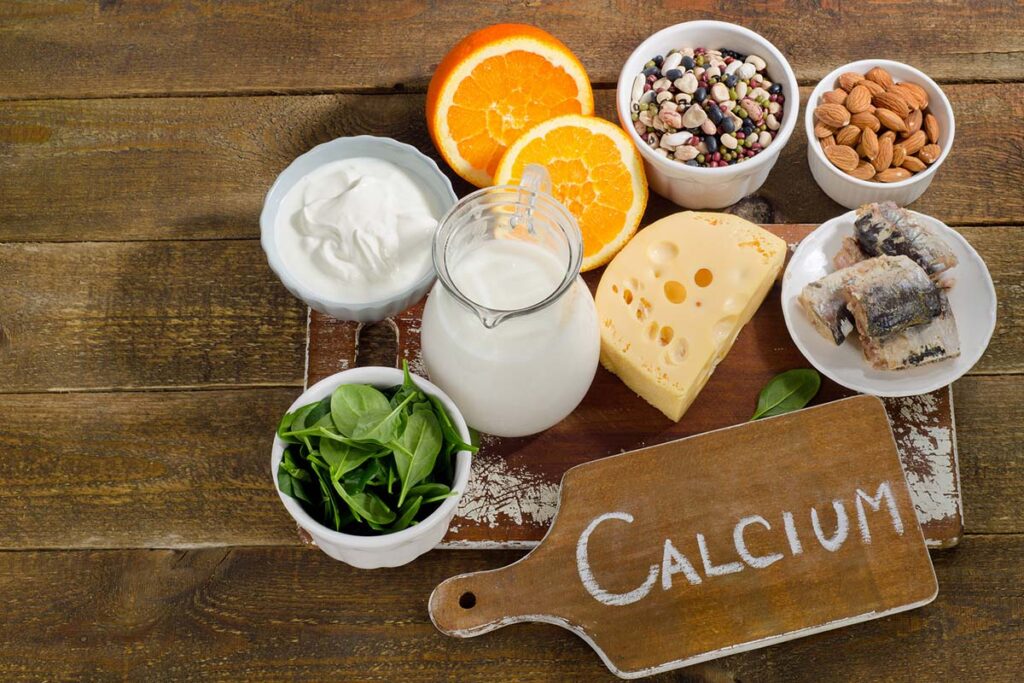
“Food as medicine” during the menopause journey
You can’t stop menopause or aging, but you can take control of how you feel rather than having the symptoms control you.
- Calcium and Vitamin D
- Fish and Omega-3
- Drink more water and cool foods.

Fruits and vegetables to eat in menopause
- Spinach
- Kale
- Broccoli
- Bell peppers
- Eggplant
- Tomatoes
- Carrots
- Mango
- Cherries
- Berries
- Apples
- Bananas
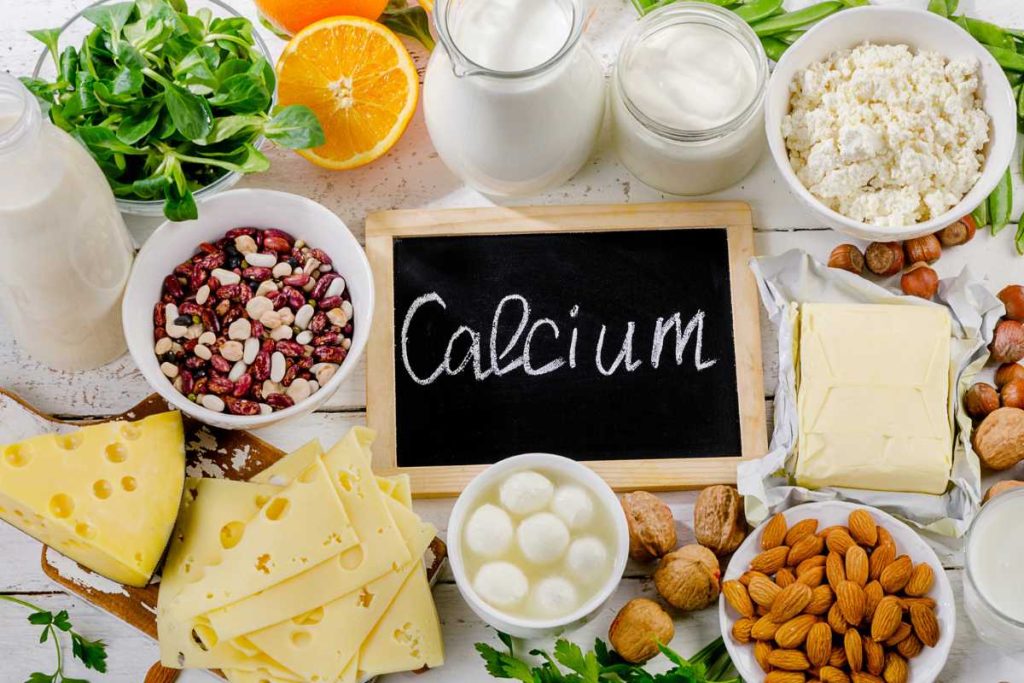
Best source of calcium
Calcium-rich foods
- Parmesan cheese
- Mozzarella cheese
- Cheddar cheese
- Skim and reduced-fat milk
- Yogurt
- Soymilk
- Ricotta cheese
- Cottage cheese
- Swiss cheese
- Feta
- Navel orange
- Guava
- Mustard spinach
- Chinese cabbage, bok choy
- Kale
- Turnip greens
- Broccoli
- Brussel sprouts
- Butternut squash
- Celery
- Collard greens
- Sweet potato
- Onion
- Sweet yellow pepper
- Tortilla, corn
- Oatmeal
- Whole-grain bread and cereals
- Chickpeas
- Black beans
- Great northern beans
- Kidney beans
- Lentils
- Lima beans
- Navy beans
- Pinto beans
- Soybeans
- Vegetarian baked beans
- Cannellini beans
- Salmon
- Shrimp
- Fortified ready-to-eat cereals
- Calcium-fortified orange juice
- Tofu
- Sardines
- Non-dairy milk like almond milk
- Figs
- Raisins
If you have osteoporosis, calcium is a critical nutrient for bone health. You can use this chart from the International Osteoporosis Foundation.
You may also like…

What You Need to Know About the Musculoskeletal Syndrome of Menopause
Feeling new joint pain even though you don’t have an injury? Musculoskeletal syndrome of menoapuse can cause aches and pains. Get treatment.

28 At-Home Osteoporosis Exercise Videos To Help Prevent or Manage It
Try these at-home osteoporosis exercise videos from our collaborative partner. They can help prevent or manage osteoporosis and osteopenia.
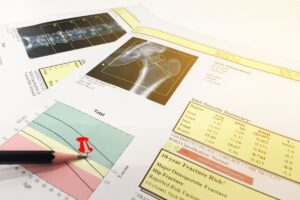
Osteoporosis 101: Know What To Look For and Foods That Can Help Prevent It
Osteoporosis is often undiagnosed and untreated in post-menopausal women+. It’s not curable, so prevent it with these foods and other lifestyle changes.
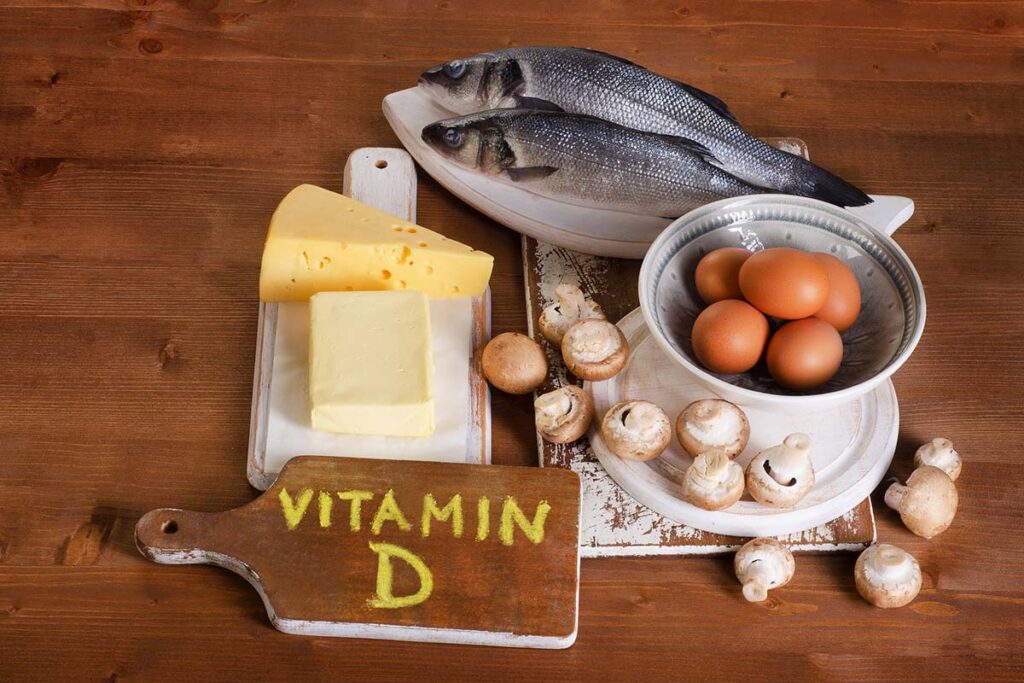
Vitamin D and menopause
Foods rich in vitamin D
These foods, sorted by food group, are a good start to increasing vitamin D in your diet.
- Flesh of fatty fish like salmon, tuna, and mackerel
- Rainbow trout
- Swordfish
- Fish liver oils
- Egg yolks
- Beef liver
- Cheese
- Low-fat milk
- Fortified soy, almond, or oat milk
- Yogurt
- Fortified orange juice
- Mushrooms
Fortified foods
What are fortified foods? They’re foods with added nutrients to improve the nutritional quality and provide a public health benefit.
According to the National Institutes of Health, most of the vitamin D you consume comes from fortified foods.
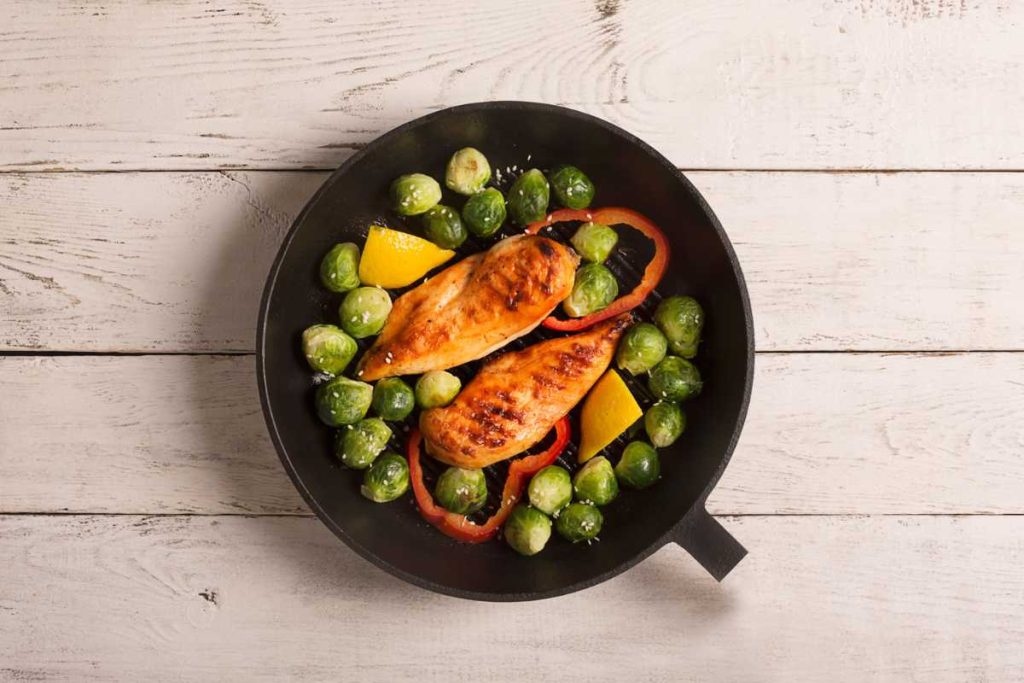
Lean Protein
- Most types of fish, including salmon
- Poultry
- Egg Whites
- Shellfish
- Tuna
- Greek yogurt
- Nuts, unsalted
- Seeds, unsalted
- Oats
- Brussel sprouts
- Broccoli
- Greens
- Cauliflower
- Spinach
- Asparagus
- Legumes
- Lentils
- Edamame
- White beans
- Cranberry beans
- Pinto beans
- Kidney beans
- Black beans
- Lima beans
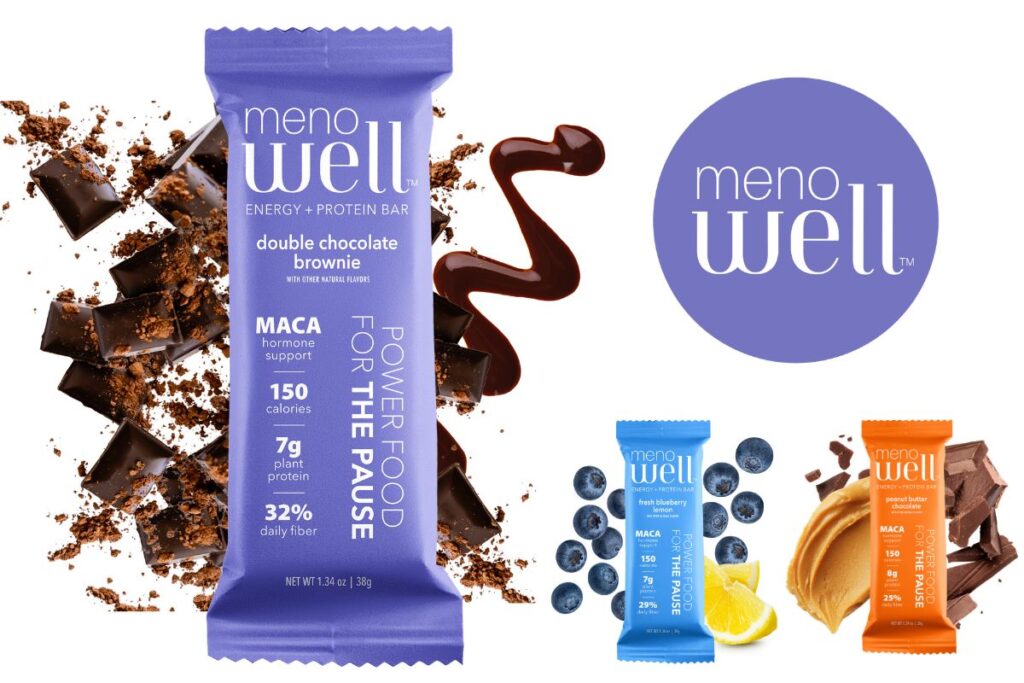
Boost Energy & Banish Cravings
Save 10% off MenoWell Menobars
Amp up your nutrition with these energy and protein bars! They provide many of the things important to eat during your menopause journey – protein, fiber, and gut-supporting prebiotics. The bars are vegan, gluten-free, dairy-free, low-carb, and low in added sugars.
Control your cravings and help manage your weight with these convenient bars that come in flavors like the best-selling Double Chocolate Brownie.
This is an affiliate link. We may earn a small commission if you access these services. The companies we work with are carefully vetted. However, we do not guarantee their products or services.
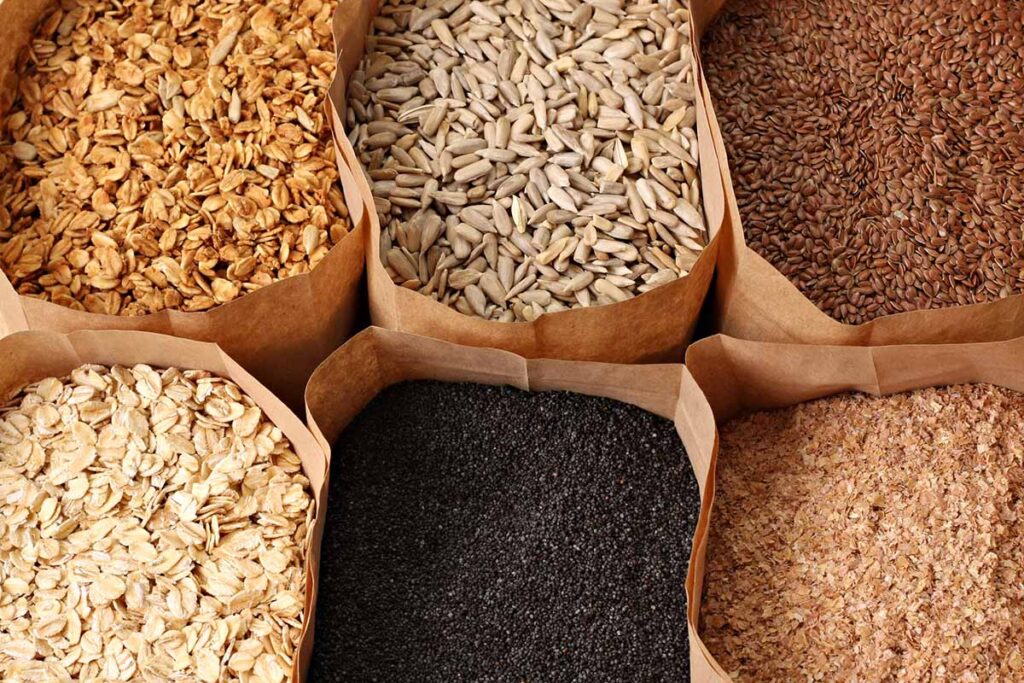
Examples of whole grains
- Brown rice
- Black rice
- Barley
- Quinoa
- Steel-cut oatmeal
- Buckwheat
- Whole-wheat bread
- Chapatti (Roti)
- Millet
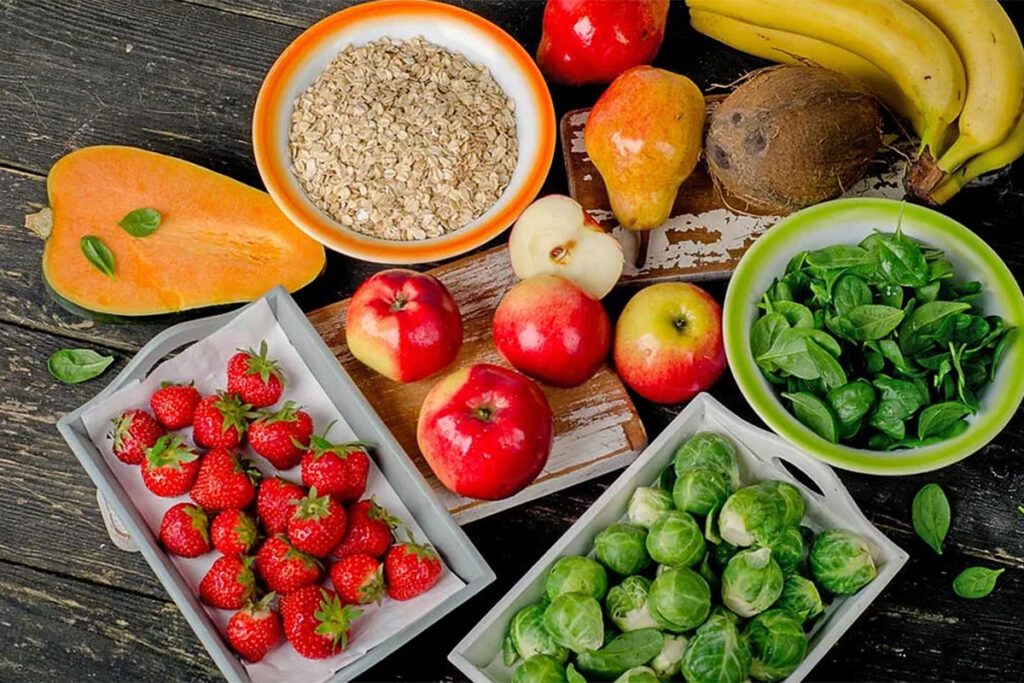
List of high-fiber foods
Consult the U.S.D.A. Dietary Guidelines for the amount of fiber in each food. Try these fiber-rich foods during the menopause journey:
Fruits & Vegetables
- Spinach
- Broccoli
- Artichokes
- Prunes
- Carrots
- Avocados
- Figs
- Pear, with skin
- Okra
- Apple, with skin
- Peas
- Raspberries
- Blackberries
- Collards
- Brussel sprouts
- Bananas
- Potato
- Orange
- Brown rice
- Oatmeal
- Whole-wheat bread
- Quinoa
- Whole-wheat spaghetti
- Flaxseeds
- Chia seeds
- Pumpkin seeds
- Pecans
- Pistachios
- Peanuts
- Beans
- Chickpeas
- Yogurt
- Popcorn
- Dates
- High-fiber ready-to-eat cereal
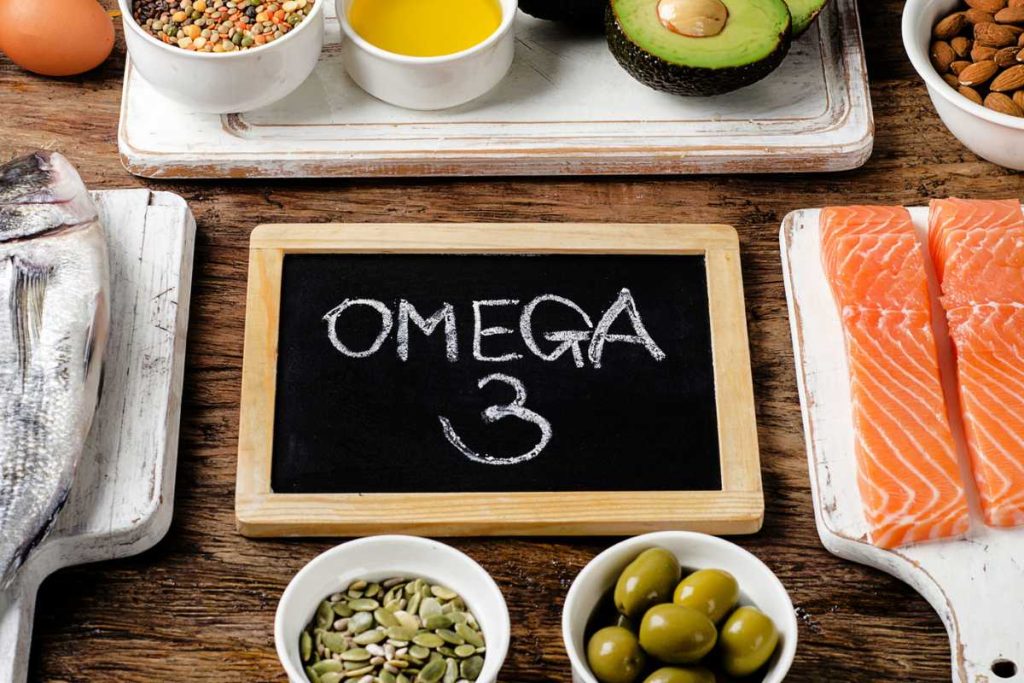
What foods have omega-3 fatty acids?
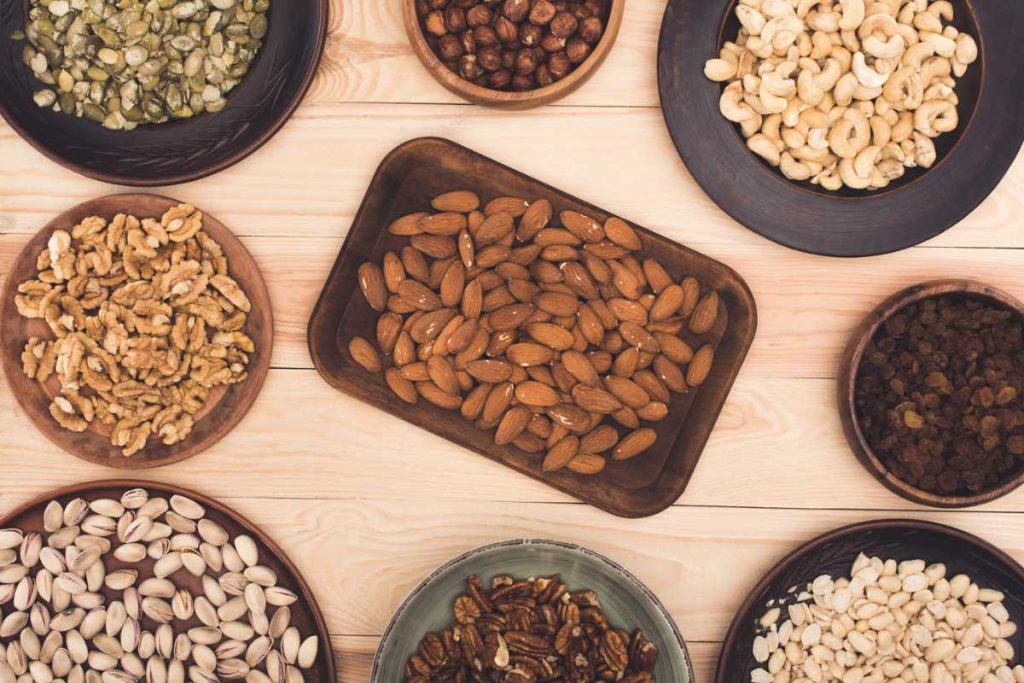
Snacks: nuts and seeds
- Walnuts
- Pumpkin seeds
- Almonds
- Sunflower seeds
- Soy nuts (roasted soybeans)
Plant-based estrogen
Water
Cooling foods
Healthy eating during the menopause journey
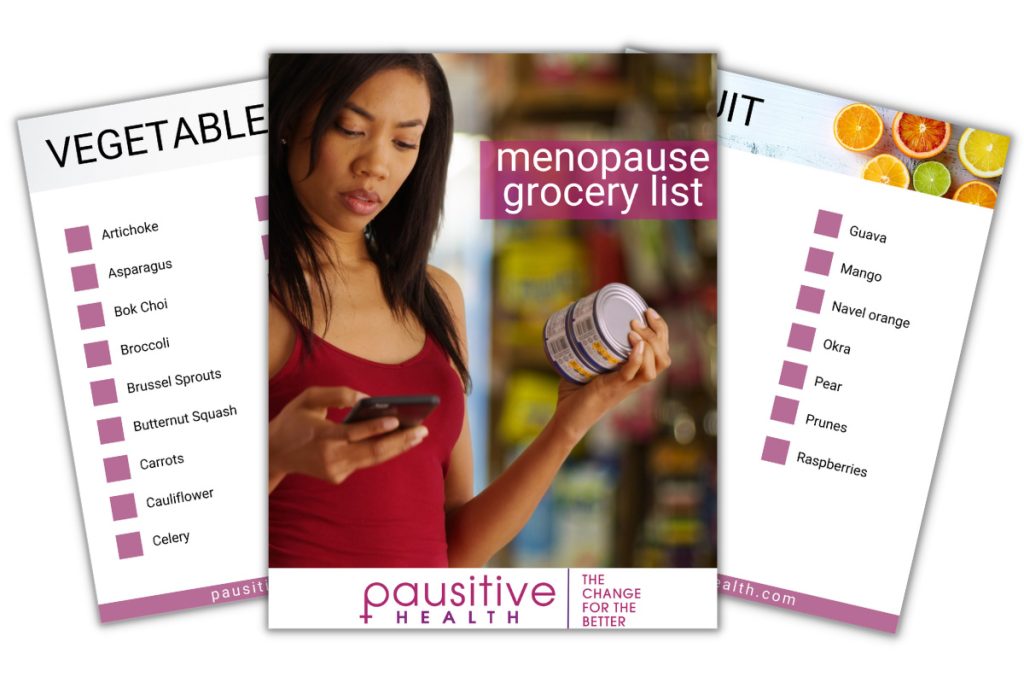
Make A Change For The Better!
This menopause grocery list contains a combination of foods specifically selected to help you feel better today and even better in the future.
"*" indicates required fields
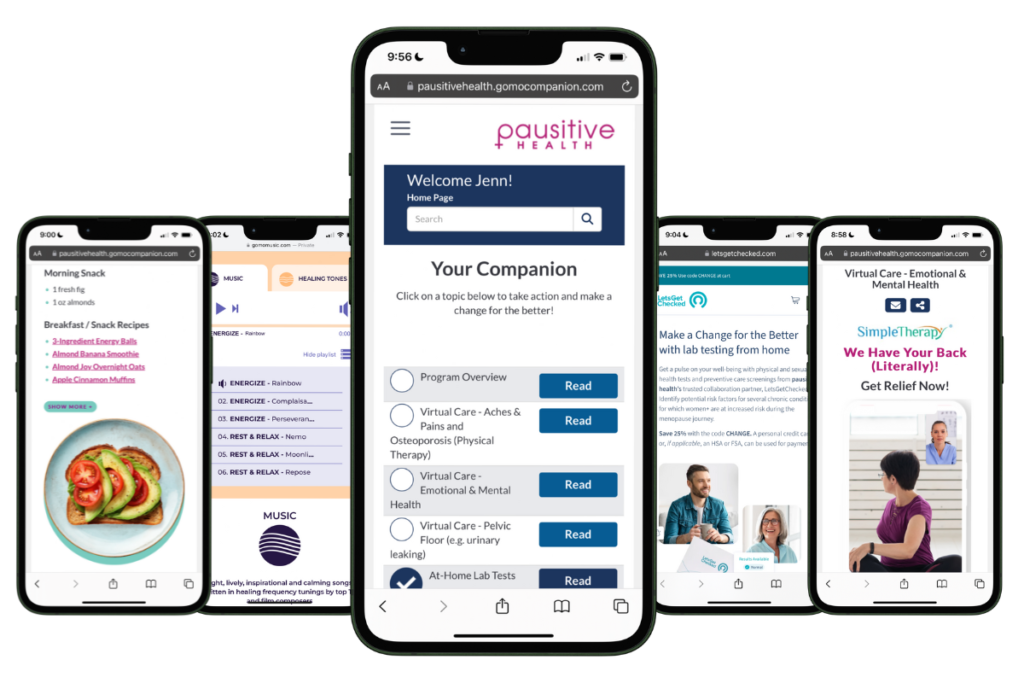
Free Support
For Your Menopause Journey!
Only available for a limited time!
Access a one-stop menopause journey digital destination that provides personalized text messages that focus on educational topics you select and offers many other features such as a diet assessment with recommendations, solutions from collaboration partners to address menopausal aches and pains (the musculoskeletal syndrome of menopause – MSM), pelvic floor issues, virtual care, lifestyle tools, and a supportive community.
Lok-Kin Yeung, Daniel M. Alschuler, Melanie Wall, Heike Luttmann-Gibson, Trisha Copeland, Christiane Hale, Richard P. Sloan, Howard D. Sesso, JoAnn E. Manson, Adam M. Brickman. Multivitamin Supplementation Improves Memory in Older Adults: A Randomized Clinical Trial. The American Journal of Clinical Nutrition, Volume 118, Issue 1, 2023, Pages 273-282, ISSN 0002-9165. https://doi.org/10.1016/j.ajcnut.2023.05.011
Hardcastle AC, Aucott L, Fraser WD, Reid DM, Macdonald HM. Dietary patterns, bone resorption and bone mineral density in early post-menopausal Scottish women. Eur J Clin Nutr. 2011 Mar;65(3):378-85. doi: 10.1038/ejcn.2010.264. Epub 2010 Dec 22. PMID: 21179049.
Bohannon AD. Osteoporosis and African American women. J Womens Health Gend Based Med. 1999 Jun;8(5):609-15. doi: 10.1089/jwh.1.1999.8.609. PMID: 10839646.
Osteoporosis Fast Facts | National Osteoporosis Foundation
Lactose Intolerance | National Library of Medicine
Osteoporosis: The Risk Factors for Black Women | National Council on Aging
What To Eat (or Not) During Menopause | Henry Ford Health
How much calcium do you really need? | The President and Fellows of Harvard College
Raymond-Lezman JR, Riskin SI. Benefits and Risks of Sun Exposure to Maintain Adequate Vitamin D Levels. Cureus. 2023 May 5;15(5):e38578. doi: 10.7759/cureus.38578. PMID: 37284402; PMCID: PMC10239563.
Calcium and Strong Bones | Physicians Committee for Responsible Medicine
Dietary Guidelines for Americans, 2020-2025 and Online Materials | Dietary Guidelines for Americans
How likely are Americans to be deficient in vitamins or minerals? | ConsumerLab.com
Food fortification | World Health Organization
Vitamin D | National Institutes of Health
Menopause and Heart Disease | American Heart Association
Whole Grains in the Asian Diet | OldWays Whole Grains Council
Miketinas DC, Bray GA, Beyl RA, Ryan DH, Sacks FM, Champagne CM. Fiber Intake Predicts Weight Loss and Dietary Adherence in Adults Consuming Calorie-Restricted Diets: The POUNDS Lost (Preventing Overweight Using Novel Dietary Strategies) Study. J Nutr. 2019 Oct 1;149(10):1742-1748. doi: 10.1093/jn/nxz117. PMID: 31174214; PMCID: PMC6768815.
Top 23 High-Fiber Foods and the Benefits of Each | Dr. Axe
Welty FK, Lee KS, Lew NS, Nasca MM, Zhou JR. The association between soy nut consumption and decreased menopausal symptoms. J Womens Health (Larchmt). 2007 Apr;16(3):361-9. doi: 10.1089/jwh.2006.0207. PMID: 17439381; PMCID: PMC3229924.
Nutrition and healthy eating | Mayo Clinic
Menopausal Symptoms and Complementary Health Approaches: What the Science Says | National Center for Complementary and Integrative Health
Beezhold B, Radnitz C, McGrath RE, Feldman A. Vegans report less bothersome vasomotor and physical menopausal symptoms than omnivores. Maturitas. 2018 Jun;112:12-17. doi: 10.1016/j.maturitas.2018.03.009. Epub 2018 Mar 14. PMID: 29704911.
FoodData Central | U.S. Department of Agriculture
You may also like…

Best Foods To Eat To Manage Restless Leg Syndrome (RLS)
Food as medicine. Get a list of the best foods to eat to manage restless leg syndrome (RLS) and avoid triggering it.

7 Hot Flash Trigger Foods To Stop Eating During Menopause
Some foods can cause hot flashes and other menopause symptoms. Stop eating these foods if you want to use food to manage how you feel.

Healthy Eating Tips From Around The World That Can Make Menopause Easier
Food as medicine. It can be as powerful as medicine for menopause symptoms. Get healthy eating tips from around the world to manage symptoms.

